Hundreds of people fell on the roads of war. Many suffered serious injuries, leaving parts of their bodies on the battlefields.
1. Among the more than 500 journalist-martyrs nationwide, there are more than 260 officers and reporters of the Vietnam News Agency (VNA) and the Liberation News Agency (LPA). Among the streets in Hanoi, Ho Chi Minh City and other provinces and cities named after VNA journalists, there are many martyrs. That is journalist Tran Kim Xuyen - a member of the 1st National Assembly, the first person in charge of VNA and also the first journalist-martyr of the country to die in the resistance war against the French (in 1947), who had three streets named after him in Hanoi, Bac Giang city and Huong Son town (Ha Tinh), his hometown. Journalist Bui Dinh Tuy, Deputy Director of the LPA, who died in 1967 at the Trang Dau front (Tay Ninh), had a street named after him in Ho Chi Minh City. Photographer Tran Binh Khuol, reporter for the Vietnam News Agency, former Head of the Cinema and Photography Department of Zone 9, died in 1968 in U Minh (Ca Mau). A street in his hometown Bac Lieu city was named after him.
Journalist Tran Ngoc Dang, in the battle in Tay Ninh in 1967, shot and burned two enemy armored vehicles before sacrificing his life. Reporter Truong Thi Mai of the Vietnam News Agency in the Central and South regions was captured by the enemy and brutally tortured, but accepted to sacrifice herself to ensure the safety of the base. At Hon Dat ( Kien Giang ), two journalists of the Vietnam News Agency fell while fighting with Heroic Martyr Phan Thi Rang (Ms. Su) and her comrades...
2. When talking about journalists who crossed Truong Son from the very first days, we cannot help but mention journalist Vo The Ai (1930 - 2025). When the August Revolution succeeded, at the age of 15, Vo The Ai worked as a liaison for the troops of Zone 5. In 1950, he was sent to the North to study abroad, but due to changing circumstances, he returned to work at the Information Department, then became a reporter for VNA, and then participated in the historic Dien Bien Phu campaign. When peace was restored, he was in charge of Zone 4 Branch for a while, until 1960, when the Ho Chi Minh Trail had just opened, he said goodbye to his young wife (also a reporter for VNA) and his newborn son to return to the Zone 5 battlefield. He built the foundation for the Zone 5 News Agency from the very first days, contributing to the foundation for the establishment of the GPVN. What is special is that his wife, journalist Nghiem Thi Tu (a Hanoi girl and younger sister of Nghiem Thi Bang, musician Van Cao's wife) later also sent her child to the battlefield to live and fight with her husband.
Until now, the story of the wartime love letters of journalist-martyr Tham Duc Hoa, a reporter for the Military News Agency, and his wife, Phuong Bich Ngan, still moves many people. Journalist Tham Duc Hoa wrote his last letter to his wife dated November 19, 1967. Four days later, on November 23, 1967, he died on the western front of Thua Thien - Hue. Not wanting her mother-in-law to worry, Mrs. Ngan edited her husband's old letters and read them to her so that she would believe they were new letters. After her husband died, Mrs. Ngan still kept the habit of writing letters to confide in him, sharing all the family matters with him. When she finished writing, she placed the letters on the altar, lit incense, and read them to him. In 1996, with the help of the General Department of Politics, VNA and Thua Thien - Hue province, the remains of journalist-martyr Tham Duc Hoa were brought back to his hometown (Gia Lam district, Hanoi).
Journalist Phan Hoai Nam, former Editor-in-Chief of TTXGP, is a person with quite special circumstances. He was born in 1940, in Dien Quang commune, Dien Ban district, Quang Nam province. In 1954, he followed his family to the North, studied at the Southern Students' School, then studied Literature at Hanoi University. In 1965, after graduating, he volunteered to go to the battlefield and became a reporter for TTXGP. At that time, his lover, who was his classmate at the Southern Students' School, had graduated as a medical doctor. With permission from both families, they got engaged and went to the South to fight. Journalist Phan Hoai Nam lived and fought like a true soldier. In 1968, he fought very bravely in a battle against a sweep and sacrificed himself at the Can Giuoc front (Long An). It is known that the girl who was engaged to martyr Phan Hoai Nam after the day of peace lived alone until the end of her life.
In 1967, journalist Dinh Trong Quyen said goodbye to his wife and two-year-old son to go to the battlefield. He was assigned to be in charge of the TTXGP Branch in Quang Nam - Da Nang, an already fierce and difficult front, which became even more fierce and difficult after the Mau Than campaign. He and his colleagues Tran Mai Hanh, Luong The Trung, Nguyen Quoc Toan, technical staff Ngoc Thach, Van Man... overcame all difficulties, accepted all sacrifices to complete the mission well. At the end of 1969, during a campaign, journalist Dinh Trong Quyen was injured and had to amputate one of his legs. Surrounded by the enemy, with rudimentary medical conditions at the front, like a miracle, he survived, overcame the dangerous injury and was taken to the North for treatment.
3. I would like to say a few words about the VNA and GPV reporters in Quang Tri, where I had many connections, as well as about my colleagues on the Tri Thien battlefield in general. During the 1972 General Offensive campaign, VNA reporters at the Quang Tri front had a base at Vinh Linh Sub-Commune B, which was then located at the evacuation site of the Vinh Linh Regional Party Committee. Photographer Pham Hoat was then the Sub-Commune Chief. The fighting was very fierce. B-52s, naval artillery, and coordinate bombs were fired day and night. During those dangerous days, with death lurking nearby, the humanity and camaraderie of the journalists on the front line was sincere and touching.
Photographer Nghia Dung, a reporter for the Military News Agency, died while attacking a high point in the west of Quang Tri with the troops. Journalist Ho Minh Khoi, a staff member of the Propaganda Department, heroically died while leading a group of reporters to reinforce the battlefield. Also during that time, journalist Vu Tin, a veteran photojournalist of the VNA who was reinforcing the B5 front, was injured and lost a leg while accompanying the Director of the Propaganda Department of the B5 front, Cao Ba Dong. Dong died right in the coordinate bombing on Trieu Phong land, where I had met and talked with them a few days before... They are shining examples of the spirit of dedication, ready to sacrifice for the cause of revolutionary journalism. Recently, Quang Tri province named a street in Dong Ha city after photographer Nghia Dung, a former reporter for the Military News Agency.
The TTXGP force in Tri - Thien was established in 1966, after the Tri - Thien region separated from Region 5. Initially, it consisted of the Civil Affairs Branch and the Military Branch. In 1971, they merged into one, operating under the direct command of the Tri Thien Region Party Committee. Journalist Phan Tuan sacrificed his life in the 1968 Mau Than General Offensive; journalists Pham Vu Binh and Nguyen Duc Thanh, and telegraph operators Phan Dang Oanh and Do Van Thinh also sacrificed their lives in the following campaigns.
During my return to Phan Thiet in early 2023, I visited the street named after Lam Hong Long, a colleague with whom I have a close relationship. With historical photos such as "Uncle Ho catches the rhythm of solidarity", "Mother and child on the day of meeting", he was awarded the Ho Chi Minh Prize for literature and art. During the 1975 spring campaign, I joined journalist Lam Hong Long in the campaigns to liberate Hue and Da Nang, following the rapid footsteps of soldiers across the Central region and arriving at the Independence Palace at noon on April 30, 1975.
I would like to borrow the words of journalist Tran To Nga, former reporter of TTXGP (famous in the fight for justice for Vietnamese victims of Agent Orange/dioxin, who also buried with his colleagues the journalist - Deputy Director of TTXGP Bui Dinh Tuy and journalist Nguyen Dinh Cuoc who died on the way to work) to talk about those years: "My burning desire is that each of us should live our lives to the fullest, live for those who are not lucky enough to live."
Journalist Tran Mai Huong
Former General Director of VNA
Source: https://hanoimoi.vn/ky-uc-phong-vien-chien-truong-706059.html


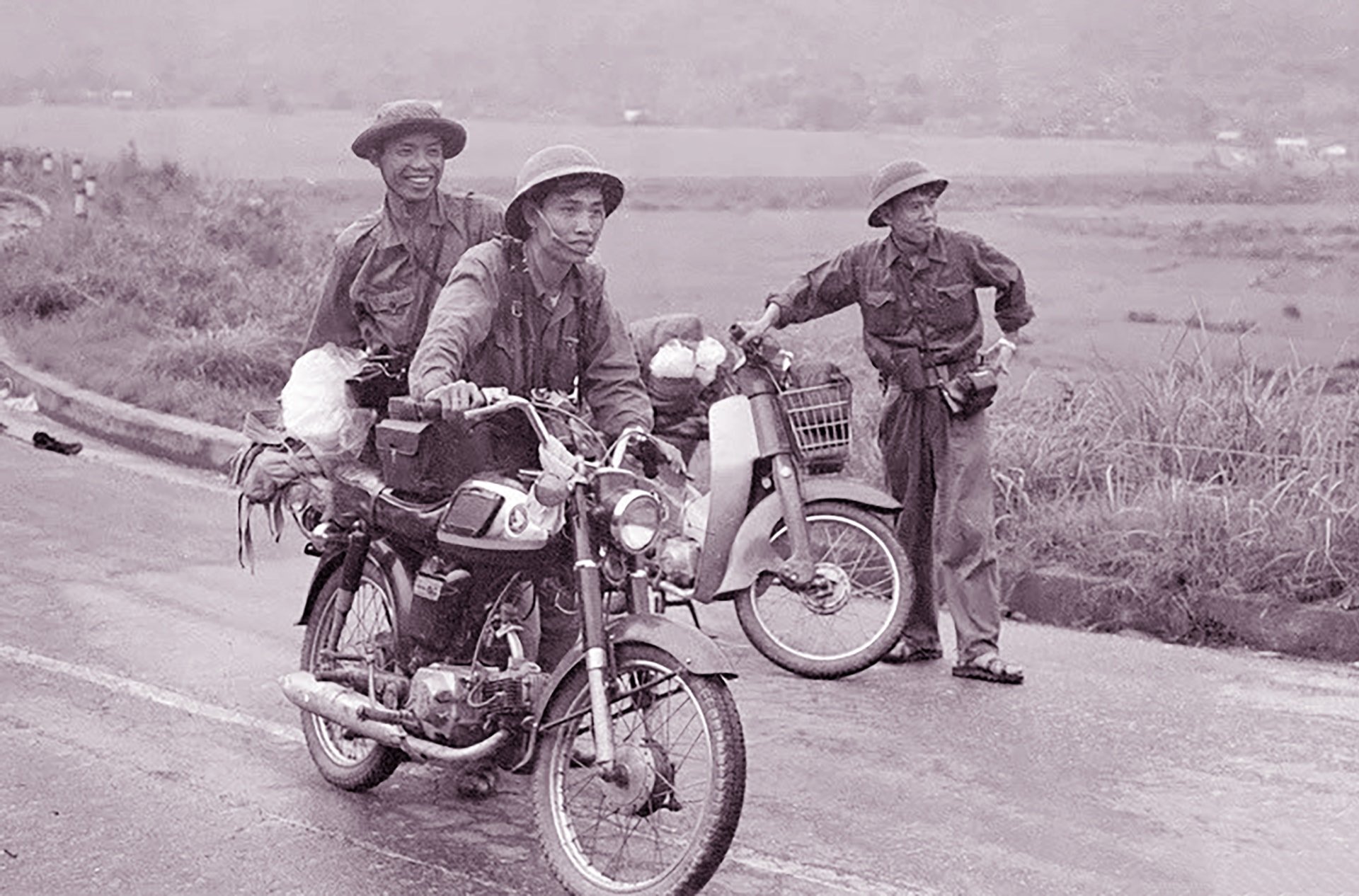

![[Photo] Chu Noodles - the essence of rice and sunshine](https://vphoto.vietnam.vn/thumb/1200x675/vietnam/resource/IMAGE/2025/11/11/1762846220477_ndo_tl_7-jpg.webp)
![[Photo] Prime Minister Pham Minh Chinh receives Lao Minister of Labor and Welfare Phosay Sayasone](https://vphoto.vietnam.vn/thumb/1200x675/vietnam/resource/IMAGE/2025/11/11/1762872028311_dsc-2246-jpg.webp)





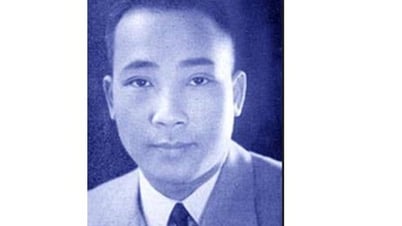

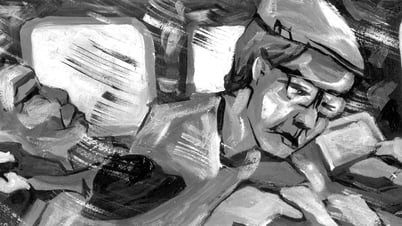

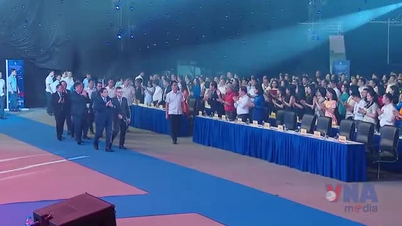
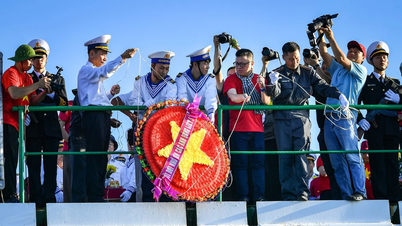




































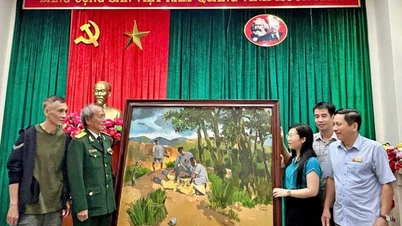

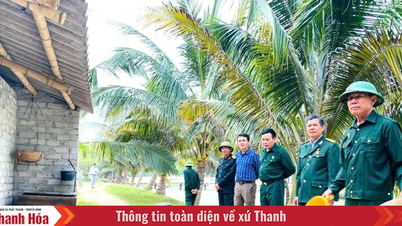









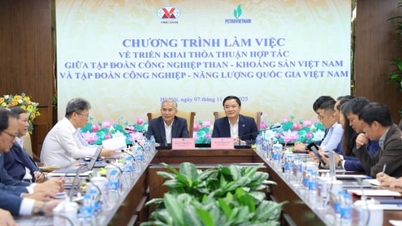





















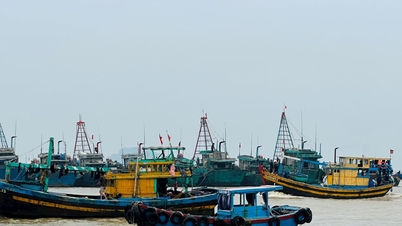


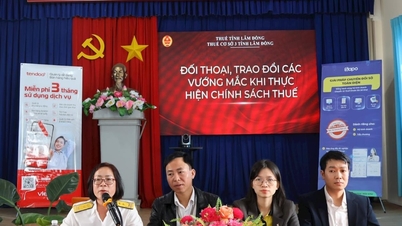
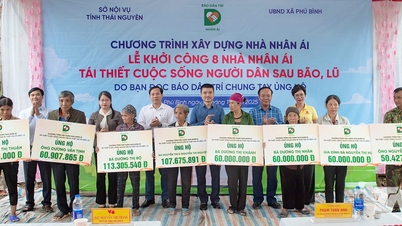



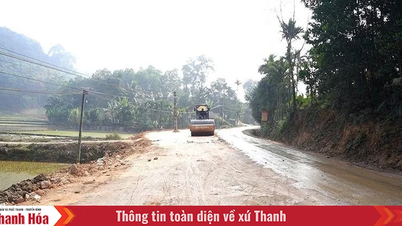




![Dong Nai OCOP transition: [Article 3] Linking tourism with OCOP product consumption](https://vphoto.vietnam.vn/thumb/402x226/vietnam/resource/IMAGE/2025/11/10/1762739199309_1324-2740-7_n-162543_981.jpeg)




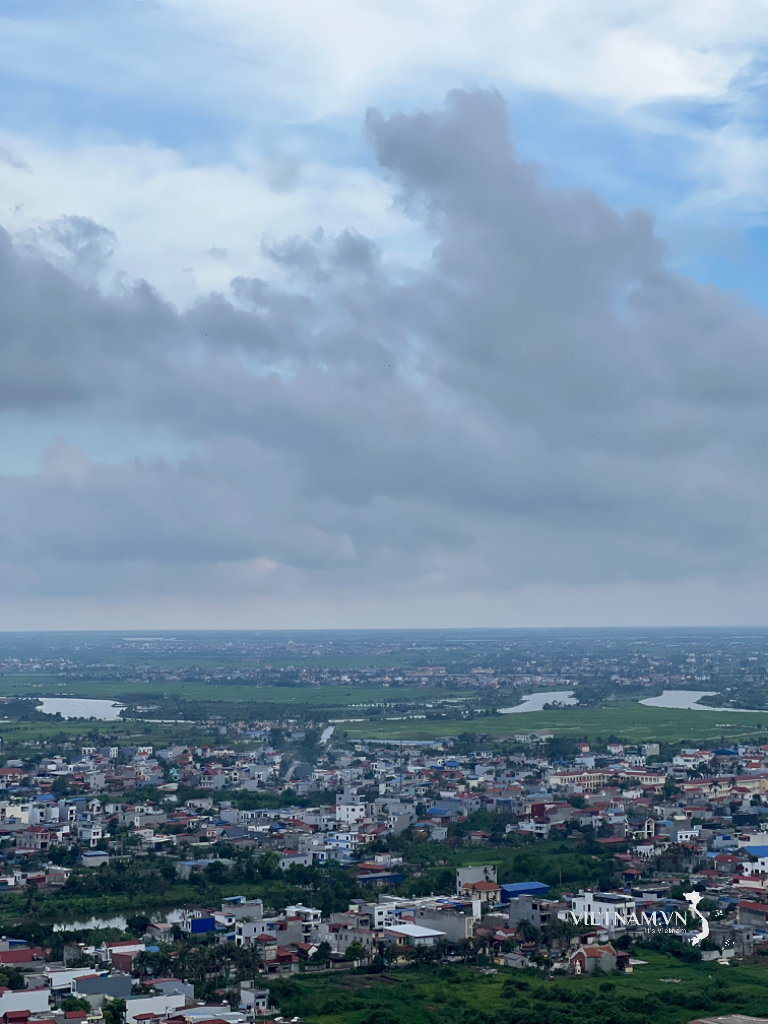

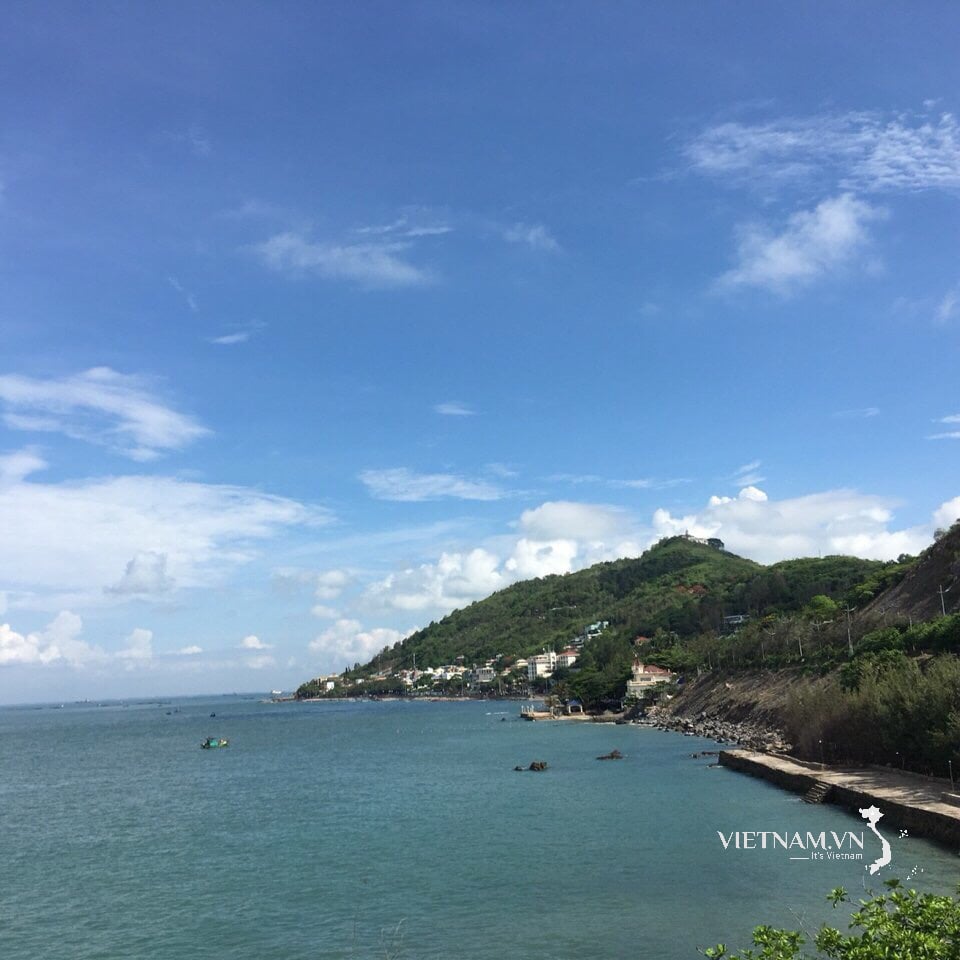

Comment (0)